
Our Services
Introductory Services
Let's get Introduced
We'd love to get to know you and your business. Let's get a good sense of what it will take to complete your project before moving on to actual work.
Let's spend a half hour getting to know each other. We'd love to hear about your project, and we'll tell you a bit about us. Hopefully, you'll leave feeling that we can do what you need and that we'd both love working together.
After our first meeting, we'll compile a rough assessment of what it will take to complete the job. Generally, this is a plan for a plan.
After a few more meetings, we'll put together a strategy for your project, and estimate the time and resources to get it done. We can decide if you need a CPTO 1, 2, 3, or 5 days a week or can get away with Ad-hoc CPTO hours.
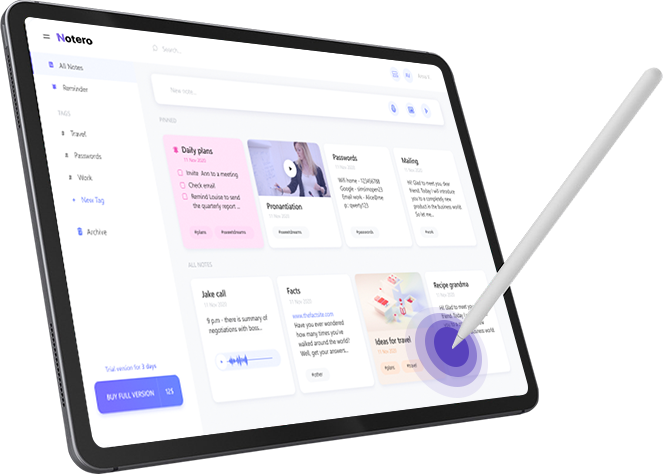
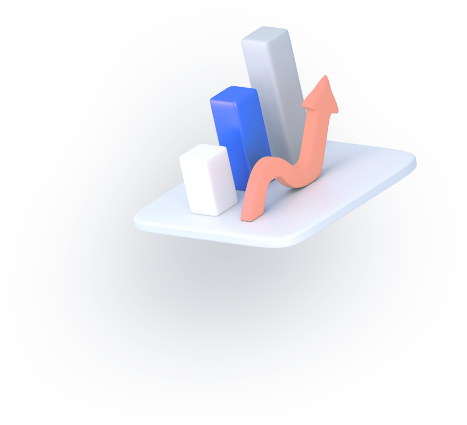



Fractional CPTO Responsibilites
When you engage us as a Fractional CPTO, CTO, or CPO, you can expect us to partner with you and take on the product and technical responsibilities your company needs. We'll shepherd your product seamlessly from idea to execution. We take over these roles so you can focus on building your vision.
There is a lot of iteration in a successful startup. Iterating makes you a Lean (Agile) startup that can pivot on a dime and produce what customers want. We believe in following an informal Product Discovery phase methodology and then ditching it when appropriate. Please take some time to read about how this can help you succeed.
Lean Startup (Book). The Bible for modern startups. Read More
The Top 10 Deliverables of Product Managers. An excellent place to start in exploring what Product people do. Read More
A Lean Alternative to a Business Plan: Documenting Your Product/Market Fit Hypotheses. How to iterate on product/market fit. Read More
What are the Key Components of a Product-Focused Startup? More on a product oriented startup. Read More
Startups need to stop dividing tech and product. Good Article on CPTOs. Read More
The Role of CPTO: A Mythical Beast? Another article about CPTOs. Read More
- Why UX is critical: every $1 invested in UX yields a $2 to $100 return. Spending time up-front saves in the long run. Read more
Why Product Discovery Saves You Millions in Product Development. Following a product methodology will save you thousands in wasted development costs. Read More
A Beginner’s Guide: POC vs Prototype vs MVP. Learn about Proof of Concept, prototypes and Minimal Viable Product. It contains a good chart showing potential savings in choosing the POC/Prototype/MVP route. Read More
- The Importance of Creating a Prototype for Your Startup. A 'who,' 'what,' and 'how' in creating a hi-res, no-code, clickable prototype to get early feedback from customers. Read more
The Rise of Fractional CTOs: Navigating the Benefits, Ideal Scenarios, and Potential Pitfalls. Good article on fractional CTOs. Read More
The Art of Handing Over: A Fractional CTO’s Point of Success. Fractional CPTOs and CTOs are designed to be laid off. Read More
- Mindmeld. If you're curious where the term 'mind meld' came from. Read More
- Roles in Mobile App Development Team: Tips and Structure Comprehensive guide to getting your app out the door. Very detailed Read More
Product Leadership
A product leader and, by extension, the product process, has many interrelated responsibilities and deliverables. Here, we'll help you define the 'what' of the project before we get to the 'how.' Here are some you can expect from us.
The mind-meld comes in here. We'll get the vision in your head down on paper. This document is meant to get everyone on your team as excited about building your vision as you are.
Product/Market fit, building a product, and finding the correct initial market to sell it into is the holy grail of any startup. Of course, you have to start somewhere with assumptions, research these assumptions, and then hone them. Iterating in this fashion is part of the Lean (Agile) methodology for startups. We'll help you with this by constantly iterating on answers to these questions. Read about Product Market Fit Hypotheses.
- Target audience
- The problem you're solving
- Value propositions
- Strategic differentiation
- Competition
- Acquisition strategy
- Monetization strategy
- Key performance indicators (KPIs)
After some research and thinking, we'll put the 'what' of the product on paper. Later, this will feed the 'prototype' and your 'Minimal Viable Product.' Each feature in the MVP should directly link to assumptions in your product/market fit hypothesis. The MVP proves or disproves them. This includes instrumenting the MVP, so it collects all needed analytics.
This document will evolve once your MVP is out the door to include the definition of new features
A Prototype, a 'clickable,' 'High Resolution' depiction of the product, is the most important next step. This allows customers to give real reactions to your product. This will be fed back into iterations of the requirements once everyone agrees that this is what we'll build. The 'requirements' and the 'prototype' are the inputs developers need to build your MVP.
The Roadmap describes the future. Generally the first point on the map is the MVP followed by an aspirational set of features as the product evolves.
Once your product is out there, we'll help you continually monitor the analytics collected both from your app and from analytics provided by the app stores.
We'll help you put together your pitch deck from investors. If we've done an excellent job, much of the work needed on a standard pitch deck has already been collected.
We manage and direct the UI/UX, graphics, and content teams but don't perform this function as part of our CPTO services. We can find a designer from our Rolodex or manage your current designer resources .
Your product/service requires marketing, and there needs to be a plan on how to roll out the product (go-to-market strategy). As the CPTO, we can direct your marketing team to ensure this is delivered. We have marketing professionals we can recommend if you don't have someone already on your team.

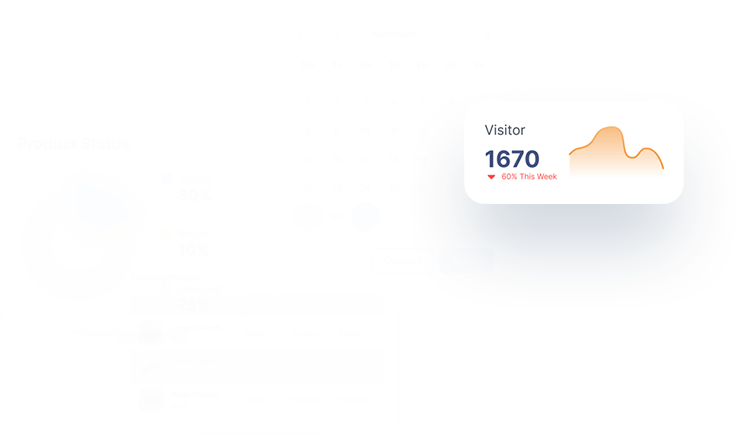
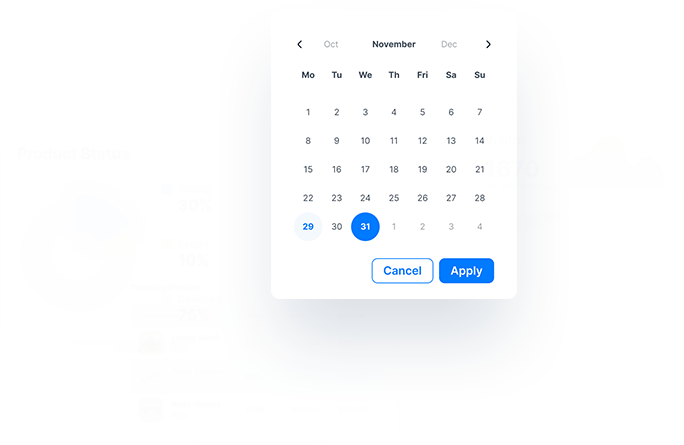

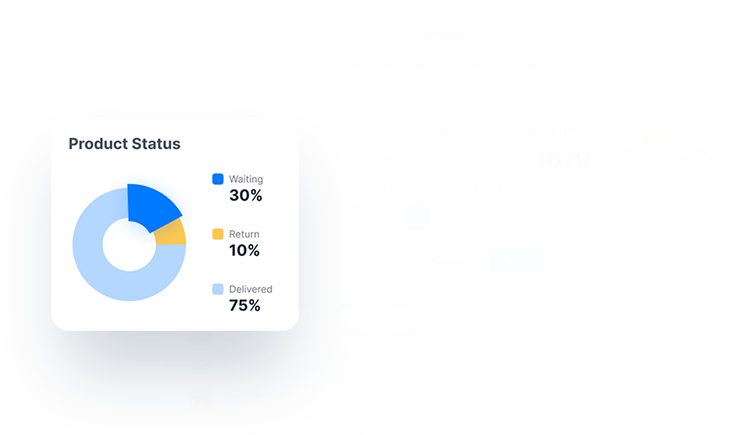
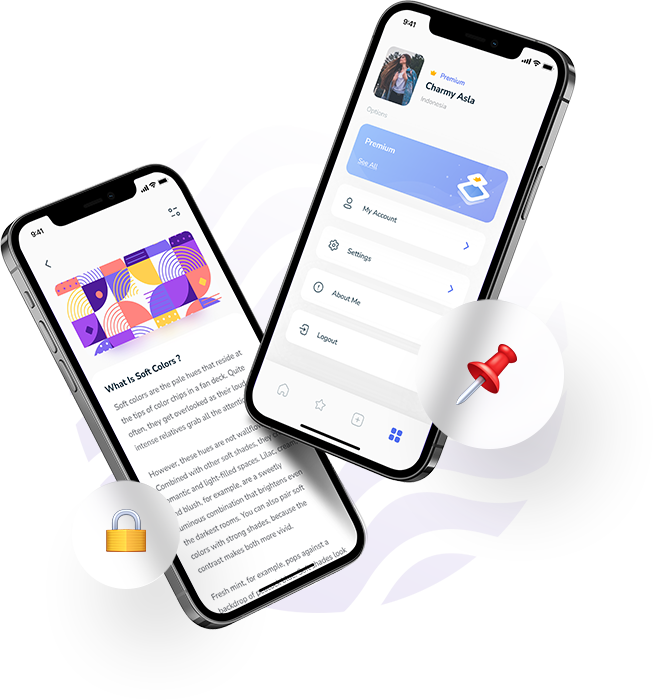
Technical Leadership
Once we decide 'what to build,' we put on our techie hat and make it come to life. We also project manage your project—we, as well as most developers these days, like to follow the Agile Scrum meeting methodology.
During the product phase, we'll watch for technical and process assumptions. Are you assuming the phone can send a particular type of message or that your app will send things when it isn't active? Are you expecting AI to do something it may or may not be capable of? Is your business model predicated on getting something to the consumer in 30 minutes? If this can't be done, there isn't a reason to continue with the product.
A POC (Proof of Concept) is an ugly, dirty code/app that is never meant for anyone to see but proves your tech assumptions. We'll devise ways of testing your hypotheses... it might be code or a 'simulation.' We'll then direct the tech staff to test these. (Under some circumstances the CPTO may do this by themselves)
Besides a few simple things like a flashlight app or the 'is my table level' app I use, most mobile apps require communicating with servers over the air. These servers need to be configured and managed. Often, apps need a customer-facing desktop component to function.
While we focus on mobile apps, nearly every project requires servers with databases, APIs, and web-based administration tools to configure them and see what your customer is doing. We are adept at designing these end-to-end systems.
Regarding your mobile app, you might have heard that you need to do separate iOS and Android versions. I'm happy to report that two systems, Flutter by Google and React Native by Facebook, do a pretty good job of ‘write once, deploy on both’. We prefer Flutter, but if you prefer React Native, we have you covered, too.
In some cases we could also build apps using some of the popular 'app build' tools.
We'll design your system end-to-end, making detailed decisions like cloud services like AWS and buy/build decisions for various technologies.
Many startups think they should 'build it now to handle a million users'. Our general philosophy is to design it so it CAN be expanded to handle future growth. This translates into designing it so things won't need to be replaced, only added to. This saves time and considerable money to get to your MVP
The output will be an architecture document describing every aspect of your system and how it all fits together.
With the architecture document, the prototype, and product requirements, we would produce a cost estimate using experts in our Rolodex, partner companies, or your internal resources.
Some level of testing should occur on the product before it's shipped. We've seen too many apps get a 1 star because it crashes on many phones. While the features may be fantastic, people don't look past this. We recommend, at a minimum, trying the app on a variety of phones. We also have expert testers in our Rolodex.
Most developers expect two things to be in place before starting: a source code repository such as GitHub and a project management/bug tracking system such as Jira.
We'll set up everything you need to have an Agile process on the day development starts.
Every development team these days, whether internal or external, adheres to Agile methodology, working on immutable 2-week work increments. In this case, the 'product owner' (usually the CPTO) produces task descriptions (traditionally called 'Stories' working from the Prototype and Product Requirements), translating them into tasks that can be done within the two week time-frame. The product owner prioritizes these and, together with the dev team, estimates what can be done.
The development team, called the Scrum team, generally consists of developers, testers, and the UI/UX and graphics people. A daily 15-minute scrum meeting occurs where everyone states their 'blockers'... sometimes they need fancier graphics, sometimes better wording for what appears on the screen. The idea is to clear these blockers as soon as possible. The 'Scrum Master' (again, in a startup, usually the CPTO, or it can be anyone else) runs these meetings and ensures these blockers are dealt with promptly.
We'll also manage people and resources to ensure everything is in place to 'go to market,' including marketing, a well-thought-out 'store presence' with a marketing message backed up by high-quality graphics and videos. Indeed, all these tasks will be 'stories' that the Scrum team executes.
We can serve as the technical team lead for the people developing the product, discussing and solving tech issues, and allocating particular dev talents to specific needs.
While in some rare cases, if it's small, the CPTO can do this development work, it is more often than not that you engage developers at additional cost. We can hook you up with the appropriate developers from our Rolodex or partner companies, or we can manage your current developers.
DevOps consists of lots of skills, usually distinct from development. Here, we'll manage the setup of servers, building the 'source code' that the developer creates on a continual basis (called CI/CD for Continuous Integration and Continuous Deployment, an integral part of the Agile process), as well as setting up your company's email infrastructure and source code and ticketing system.
Once your app is live, Ops runs it, monitors it constantly, tweaks it, reboots at 3 AM, and more. We manage all this for you.
As with the development team, we can manage your testing team. If you want friends and family to test, we can handle that too, but there should be some structure to testing... you never want to get an egg on your face once you deploy to the stores.
We'll manage putting things up in the Google Play or Apple app stores. There are many rules and regulations, and we'll ensure the app adheres to them so they don't get rejected. We'll set up the stores, taking marketing words, screenshots, videos, etc.
The CPTO leads the project. You'll need to bring in many people at various points, some as full-time people, others as one-off contractors.
As part of the task of estimating, we'll list out everything you need. At that point:
- We can bring in someone from our Rolodex.
- We can connect you to one of our partner-companies.
- You can hire internally, and we'll work on finding and interviewing candidates.
Of course most projects will end up with a mix.
As you grow, you may decide that a Fractional CPTO (CTO or CPO) no longer meets your needs. We will happily help you hire and pass all our work to a permanent person.
When we recommend a 'buy' decision in the build/buy process we'll start techie-to-techie discussions with these partners including due diligence that they can deliver what we want.
As part of this, we'll help negotiate the Tech addendums of any contracts you might enter as part of the business.

Additional Resources
We specialize in providing leadership in defining and building your project and technically architecting the solution. You will need other services, such as graphics designers or software developers, to get your product out the door. We have an extensive network of individuals and companies, our Rolodex, that we can hook you up with, or we can manage your existing staff or others you may want to involve in your project.
Below are descriptions of the type of professionals that may be needed to finish your project.
Design Resources
A good designer is essential to how the world perceives the value of your product.
A UX designer is interested in the flow of your app. They usually start with wireframes to create the app's page flow and design the menu structure.
The UI designer is responsible for the look and feel, color palates, visibility of the main components, and so on. They give your app flare and style.
Graphics and video artists are usually distinct from UI designers (sometimes they are the same, though). A graphic artist might make a cartoon or stage a photo shoot to produce the images you see on a site. A video artist may produce an animation or a live-action video, doing tight editing and transitions.
The words you use on your sight are essential in conveying your message. Content people usually work with the marketing department to ensure the product and marketing messages are in sync.

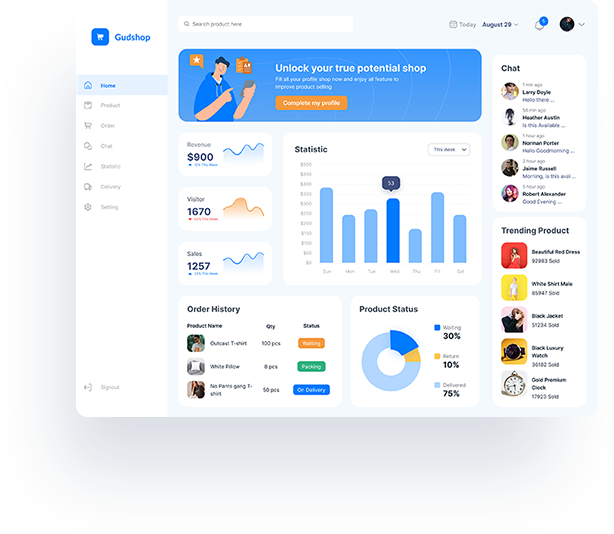
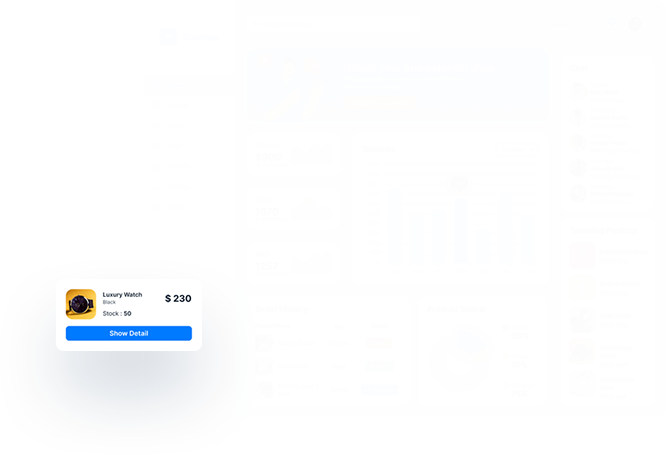
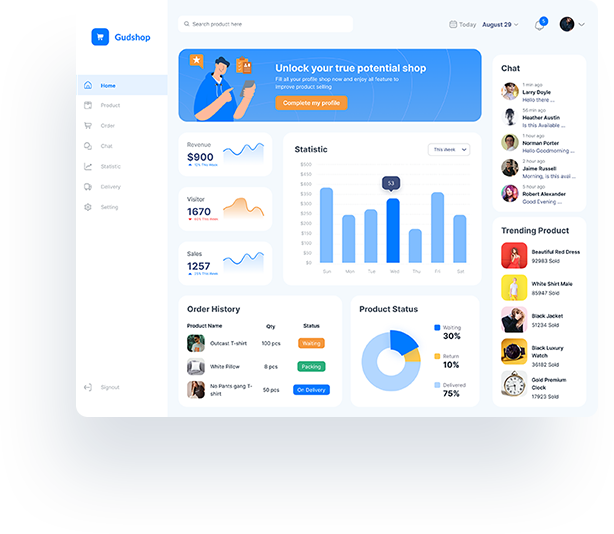
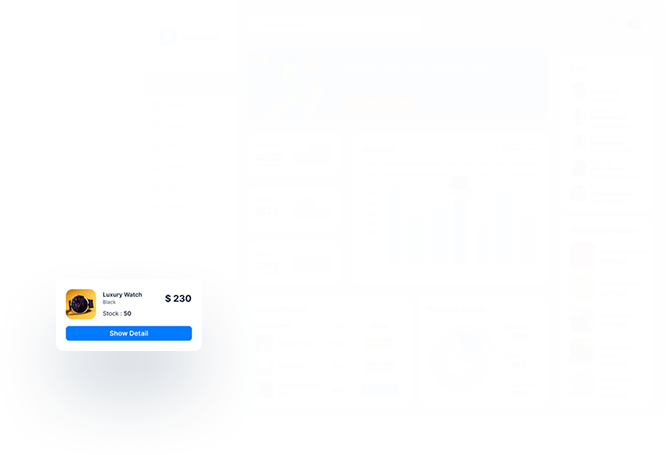
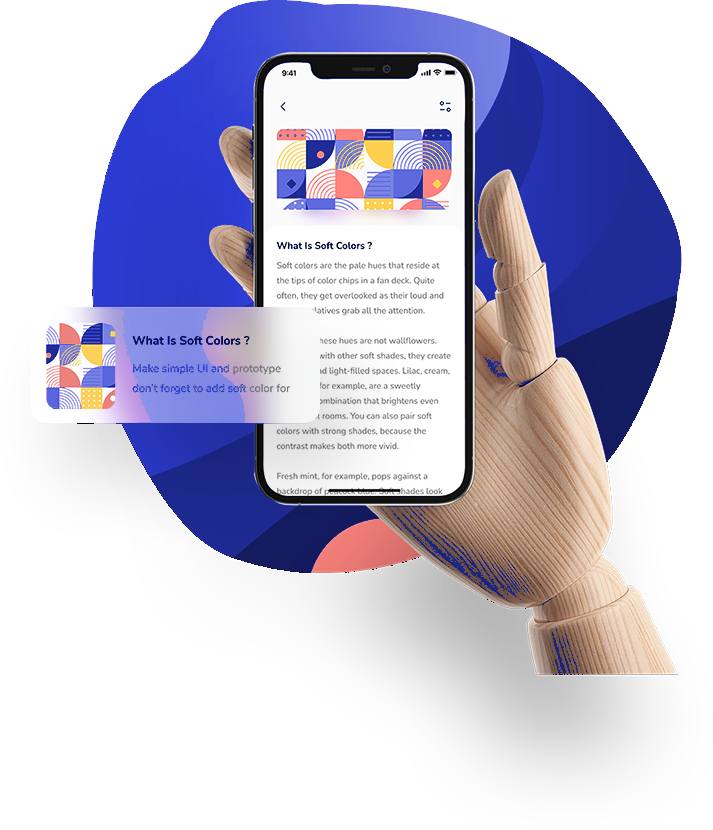
Development Resources
Working with developers can sometimes seem intimidating; they, after all, 'speak another language.' I look for engineers who 'get it,' who see the whole problem, understand it, and then use coding to express those thoughts.
These people build your app; they live and breathe iOS, Android, Xcode, Dart, Flutter, and more. I hire people who 'understand mobile phones' and their quirks rather than a specific language.
When we architect your system, we like to specify Google's cross-platform system, Flutter, to make an app that is ‘mostly' built once and deployed twice (on iOS and Android). Indeed, Flutter also allows deploying the same code on Web (React Native is currently a bit behind here).
If you have a legacy iOS (Xcode) or Android system, we work with that and other cross-platform systems such as React Native or PhoneGap.
We also have expertise in various plug-and-play build systems that require minimal coding such as Flutter Flow.
As with mobile developers, I like to hire people who understand the back-end eco-system; they live and breathe databases, APIs, and server architecture and understand concepts such as microservices and event buses.
We recommend Java, Javascript, and typescript for languages, Angular or Node.js for frameworks, and Microsoft's Azure cloud. We would be happy to work with whatever you may have or prefer.
We are also adept at some of the one-step API build tools to generate an initial scaffold for your server.
Web development, the coding of websites, sometimes blurs with servers and databases. Indeed, the title 'full stack developer' encompasses this.
Generally, your mobile app will require some web-based interface to administer it, collect data, and manage customers. You can also develop straight-on web apps that don't have a mobile component.
We like ruby-on-rails, Angular, CakePHP, and React frameworks for this.
We also like WordPress for simple things when appropriate.
A good tester is passionate about their work. One I met once, I commented that I'd trust him to test all the components on my trip to Mars.
Testing generally falls into two categories: manual and automatic. In either case, a good tester knows how to look at the product requirements (and the resulting Agile 'stories') and break them down into carefully thought-out tests that we call test cases.
A manual tester runs through these test cases, well, manually. Automatic testing is like programming; you use software harnesses and scripts to say, 'press the send button' and see that the app finishes correctly. (If you think about how software can 'press' and then 'see' it is a non-trivial task).
Most startups use manual testing. There is a point, though, where your system becomes complex enough so that fixing one thing may break others, and it becomes cost-effective to implement automatic testing.
Unlike developers and testers, I hire DevOps people based on their specific knowledge of the CI/CD system or the ticketing and source control system we use.
Other Resources
In addition to design and development resources, you may need these additional resources.
We can hook you up with people who are conversant in everything related to app marketing, from Market analysis to setting up search engine optimization and things like old-fashioned print campaigns.





Your Needs Met at any Project Phase
Services for Any Project
We handle all your tech needs with the same level of enthusiasm and experience

Choose Your Fraction
Choose a level of engagement that suits your needs
 ONE DAY/WEEK
ONE DAY/WEEK
- Need new leadership
- Need POC, Prototype and MVP
- Not time-bound
- Lead a team
- Succeed existing leadership
- Have an existing product
 2-3 DAYS/WEEKRecommended
2-3 DAYS/WEEKRecommended
- Need new leadership
- Succeed existing leadership
- Need POC, Prototype and MVP
- Have an existing product
- Time-bound
- Lead a team
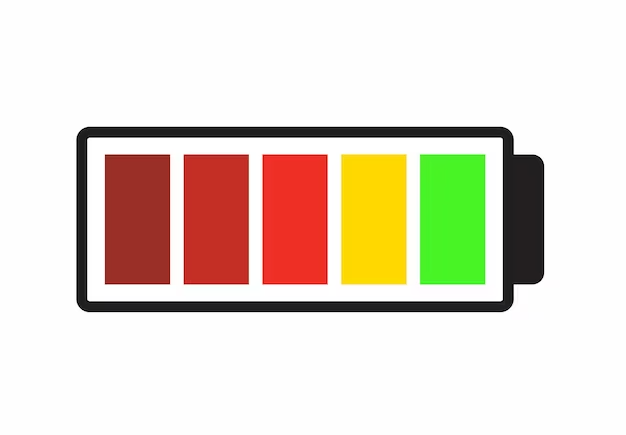 FULL TIME
FULL TIME
- Succeed existing leadership
- Have an existing product
- Not time-bound
- Lead a team
- Need new leadership
- Need POC, Prototype and MVP
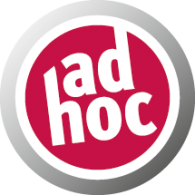 AD-HOC
AD-HOC
- Need new leadership
- Need POC, Prototype and MVP
- Have an existing product
- Time-bound
- Succeed existing leadership
- Lead a team